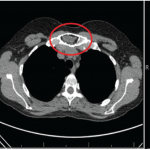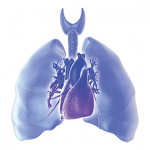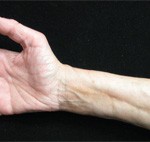A recent study found that mycophenolate mofetil is an effective alternative for the treatment of systemic scleroderma with interstitial lung disease, resulting in possible long-term improvement. According to Aryeh Fischer, MD, this new research points to the future expansion of treatment options…








